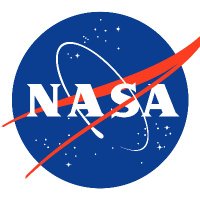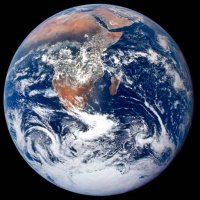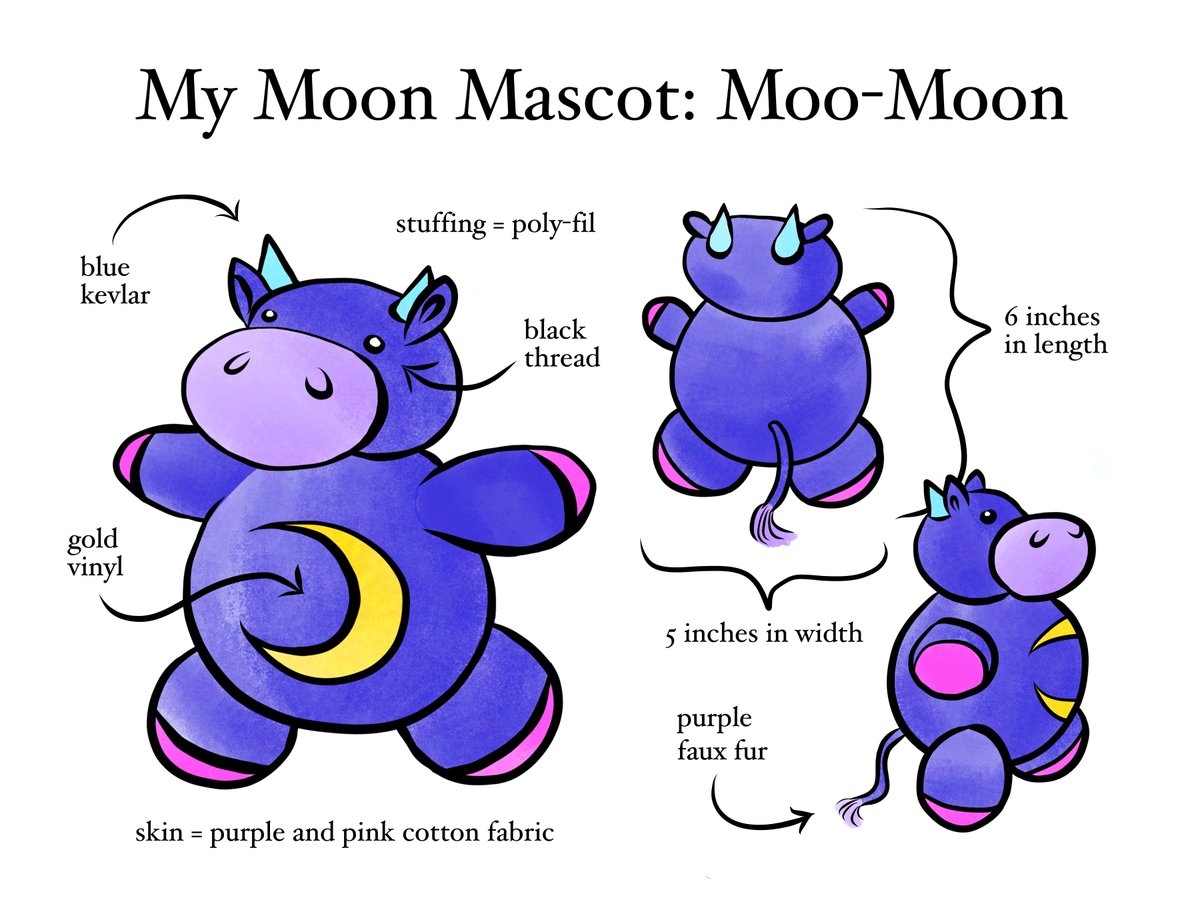
NASA Ames
@nasaames
We're NASA's center in Silicon Valley.
Verification: nasa.gov/socialmedia
ID: 15519544
http://www.nasa.gov/ames 21-07-2008 19:36:12
12,12K Tweet
482,482K Followers
122 Following
















From the eyes of Webb 👀🤩 In this image captured by NASA Webb Telescope, Sun-like stars are born in Rho Ophiuchi, the closest star-forming region to Earth.















